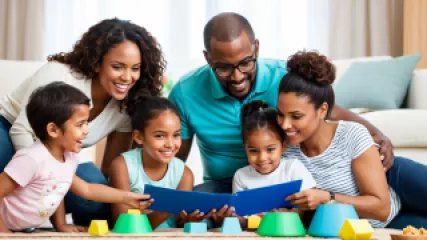Finding Solace in Nature: My Mental Health Journey
1 year ago
Nature And Mental Health
Expert Tips for Improving Communication Skills in Families
1 year ago
Navigating Family Conflict
Expert Insights: Enhancing Your Communication Style for Effectively Expressing Feelings
1 year ago
Expressing Feelings Effectively
Discovering Mental Health Insights from Nature-Inspired Masterpieces
1 year ago
Nature And Mental Health
The Ultimate Guide to Building a Supportive Self-Care Community
1 year ago
Community Support
5 Steps to Boost Your Self Esteem with Online Therapy
1 year ago
Self Esteem Boost
Building Self-Esteem: A Step-by-Step Confidence Development Program
1 year ago
Self Esteem Boost
Exploring the Intersection of Environmental Psychology and Mindfulness Coaching: An Exclusive Interview
1 year ago
Environmental Psychology
Understanding Family Conflict: Research Summary
1 year ago
Navigating Family Conflict
Top 10 Strategies for Managing Family Disagreements
1 year ago
Family Conflict Resolution
Creating a Sustainable Mindset: A Step-by-Step Guide to Green Therapy Services
1 year ago
Environmental Psychology
Effective Strategies for Family Conflict Resolution
1 year ago
Family Conflict Resolution
Exploring Environmental Psychology Through Popular Media
1 year ago
Environmental Psychology
How to Address Family Conflict with Teenagers
1 year ago
Navigating Family Conflict
How can adoptive family dynamics impact the mental health of adopted children?
1 year ago
Adoptive Family Dynamics















